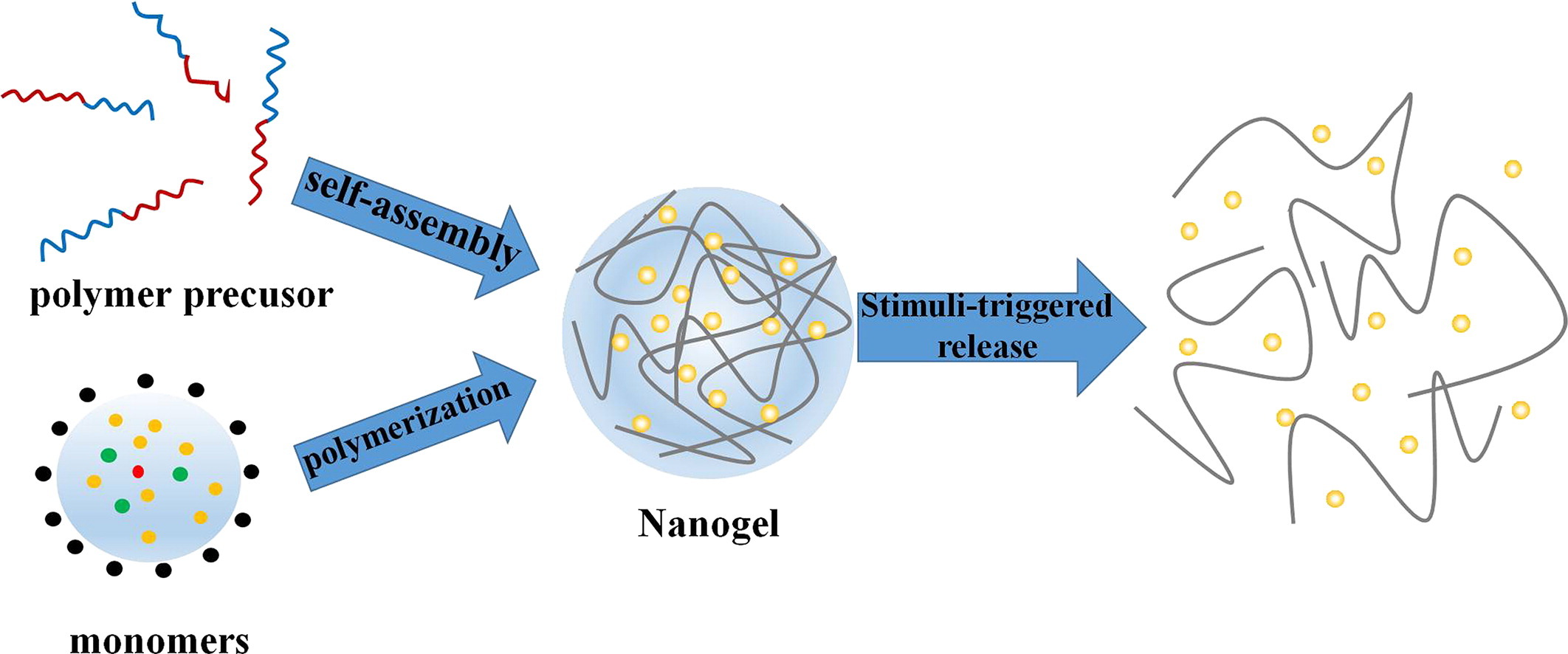Understanding Nanogels and Their Role in Nanotechnology
Definition: Nanogels are nanoscale hydrogel particles that combine the properties of hydrogels with the advantages of nanotechnology. These tiny networks of polymer chains can absorb large amounts of water or biological fluids, making them highly versatile for various applications, especially in medicine and drug delivery.

What Are Nanogels?
Nanogels are soft, flexible, and highly absorbent nanoparticles. They are formed by physically or chemically cross-linked polymers that can swell in water or biological fluids while maintaining their structure. This unique property allows nanogels to encapsulate a wide range of substances, including drugs, proteins, and genes, for targeted delivery to specific sites in the body.
How Nanogels Work
Nanogels can respond to various stimuli, such as temperature, pH, or light, making them highly adaptable for controlled release applications. For instance, a nanogel designed to respond to the acidic environment of a tumor can release its payload selectively at the tumor site, minimizing side effects and improving therapeutic efficacy.
Advantages of Using Nanogels
- High Loading Capacity: Due to their porous nature, nanogels can encapsulate a significant amount of drugs or other active ingredients.
- Controlled Release: Nanogels can be engineered to release their payload at a specific time or in response to environmental triggers, enhancing the effectiveness of the treatment.
- Biocompatibility and Non-Toxicity: Nanogels are often made from biocompatible materials that are safe for use in medical applications.
- Protection of Encapsulated Agents: Nanogels can protect sensitive molecules from degradation until they reach their target.
Applications of Nanogels
The unique properties of nanogels have led to their use in a variety of fields:
- Drug Delivery: Nanogels are used to transport drugs directly to diseased cells, reducing side effects and improving patient outcomes.
- Tissue Engineering: Nanogels provide scaffolds that support cell growth and tissue repair.
- Diagnostic Imaging: Modified nanogels can enhance the contrast of MRI images, improving the accuracy of diagnostics.
- Cosmetics: In the cosmetic industry, nanogels improve the texture and efficacy of skincare products.
Challenges and Future Directions
While nanogels offer promising solutions, there are challenges to overcome, such as ensuring long-term stability and preventing unintended interactions with the body's immune system. Future research is focused on developing more sophisticated nanogels with even greater precision in targeting and delivery, potentially revolutionizing how treatments are administered and diseases are managed.
Further Reading
Journal of Molecular Structure, Nanogels: An overview of properties, biomedical applications, future research trends and developments
